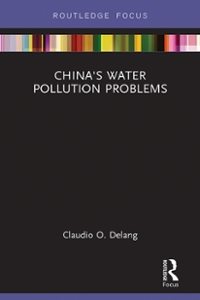Question
Consider again the initial scenario described in question 14: A family has to decide how much of their monthly income they will spend on milk
Consider again the initial scenario described in question 14: A family has to decide how much of their monthly income they will spend on milk and how much they will spend on bread. This family has a fixed income of $1,000 per month, the price of milk is $2 per litre and the price of bread is $1per kg. However, now consider a different subsidy scheme. In particular, suppose that the government decides to reimburse the family for half of their milk expenses, i.e. the government decides to give $1 to the family (to be spent on whatever they want) for every litre of milk purchased. Which of the following best describes what happens to the budget constraint of the family with the introduction of this subsidy scheme?
Given the information in question 17, what is the value of the vertical intercept of the budget constraint after the introduction of the reimbursement scheme?
Given the information in question 17, what is the value of the horizontal intercept of the budget constraint after the introduction of the reimbursement scheme?
Given the information in question 17, what is the value of the horizontal intercept of the budget constraint after the introduction of the reimbursement scheme?
Step by Step Solution
There are 3 Steps involved in it
Step: 1

Get Instant Access to Expert-Tailored Solutions
See step-by-step solutions with expert insights and AI powered tools for academic success
Step: 2

Step: 3

Ace Your Homework with AI
Get the answers you need in no time with our AI-driven, step-by-step assistance
Get Started


